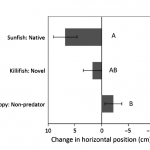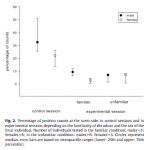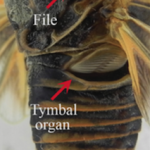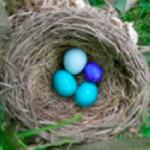This gallery contains 3 photos.
You’re walking down the street and suddenly come face to face with a creature you’ve never seen before. It’s doesn’t look (or smell) like anything you ever remember learning about. How do you react? Is this creature friend or foe? … Continue reading





